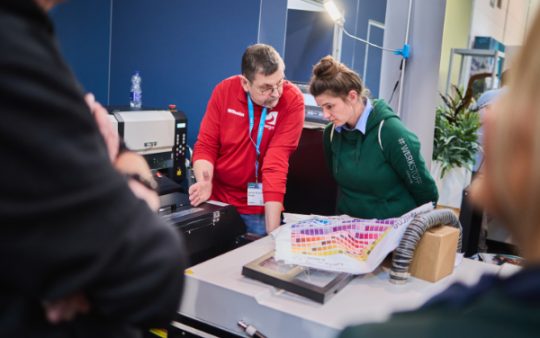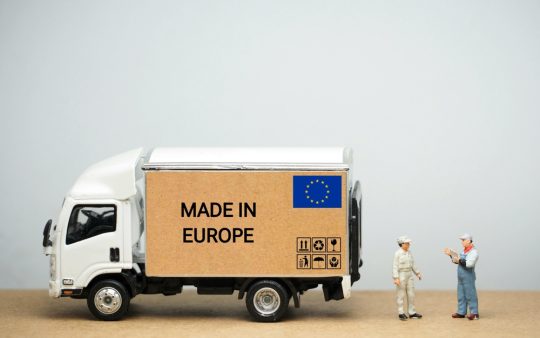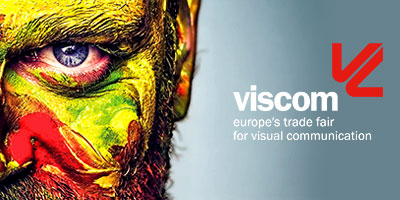Fruit & veg as advertising media

Published on 27.05.2020
Direct printing on food demands the use of special inks. As a rule, they have to be food-safe. However, creative alternatives are available.
Danielle Baskin is a fine artist, product designer and company founder. One of her creative projects is Branded Fruit , a company that applies company logos to fruit and vegetables.
The designer had the idea for this when searching for a gift for a technology start-up she was friends with after she had been invited along to a barbecue evening to celebrate the sale of the company. When she asked what she should bring as a gift, they suggested avocados. To make the present more appealing, Danielle decided to decorate them with the company logo. The idea turned out to be an absolute hit at the party and soon provided her with a new business model.
In the meantime, Danielle Baskin has printed logos on various types of fruit and vegetable with her company Branded Fruit. Her focus is not so much on standard fruit but rather on unusual advertising media such as beetroot, sweet potato, mango, persimmon, pineapple, or heads of garlic as that helps attract even more attention. Nevertheless, when choosing fruit and veg, the designer does not just go for looks but also pays attention to seasonality and always buys sustainable products from local producers.
How to apply a logo to an avocado
Danielle Baskin first tried printing on spherical objects. She produced bicycle helmets with unusual painted and printed designs in her creative studio Inkwell Helmets. This is where she learnt how to work creatively on curved surfaces. She initially plots the fruit and veg logos on a vinyl film and then applies it to the edible carrier. The thin adhesive film has already been adapted to suit the rounded and structured shape beforehand. The film can then be printed in all colours but is not food-safe. As a result, she currently only decorates fruit that has to be peeled before consumption. However, she is currently working on an edible variation, so that apples, pears or courgettes could also become brand ambassadors in future.
Danielle Baskin has already developed some ideas for a sponsorship strategy. Stores could provide fruit and vegetables with a logo that customers could then buy at a reduced price. That way, possibly more people could have access to seasonal and sustainably grown food.
Direct printing requires special inks
Only specially approved inks are permitted to be used for printing directly on food or packaging that comes into direct contact with food. They are certified by the abbreviation DFC (Direct Food Contact). They are approved for all the usual printing processes and are water, solvent or oil-based. Many different coloured inks are available, but it is not possible to recreate all the different shades 100 percent accurately. This depends on the respective raw material and the lower quantity of colour pigments that are permitted to be used in direct contact with food. It is impossible to reproduce certain shades depending on the number of pigments involved. So it really makes sense to get advice through a specialist provider if you want to print on unusual products.
In principle, it is possible to print on any foodstuff. Other typical examples alongside logo fruit are printed cake tops or chocolate beans. Coloured paper straws are also currently enjoying a renaissance as they replace plastic ones. Here too, food-safe printing inks are used. Other possible uses could be printed tea bag labels, tray liners, table sets, serviettes or printed wine corks.
Text: Caroline Zöller
Image: foodism360 on unsplash.com














